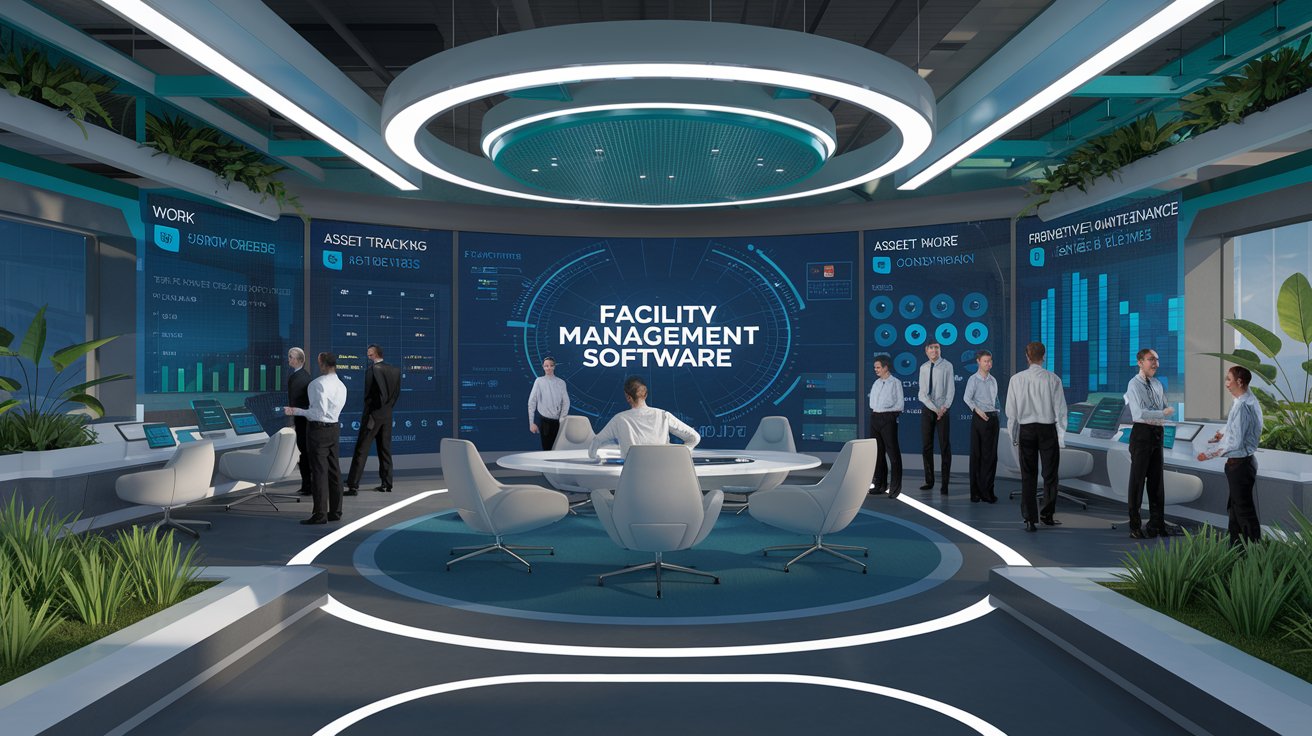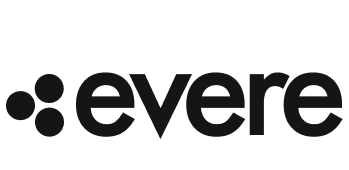In today's fast-paced business world, effective facility management has become critical to success. Facility Management Software (FMS) provides a comprehensive solution for streamlining operations, lowering costs, and optimizing asset management. Whether for large or small firms, the correct FMS helps them manage maintenance schedules, track assets, maintain regulatory compliance, and encourage sustainability. This article discusses the significance of facility management software, its features and benefits, and how it can improve your business operations.

What is Facility Management Software?
Facility Management Software is a program that automates, streamlines, and optimizes building maintenance and management processes, as well as their infrastructure. FMS connects with a variety of systems to deliver real-time data and insights, making asset management, work order tracking, and maintenance planning easier. FMS can help firms minimize manual labor, increase operational efficiency, and assure asset longevity.
Key Features of Facility Management Software
- Work Order Management
One of the most important features of FMS is work order management. This tool allows businesses to create, assign, and track work orders efficiently, reducing downtime and improving response times to maintenance requests. - Asset Management
FMS provides a centralized platform to track and manage all assets within a facility. It helps businesses schedule preventive maintenance, monitor asset conditions, and plan for replacements, thus increasing asset longevity and reducing costs. - Preventive Maintenance Scheduling
Proactively managing maintenance is a key part of reducing costs and preventing equipment breakdowns. FMS enables businesses to schedule regular maintenance tasks automatically, ensuring that assets are always in optimal condition. - Energy Management
Many FMS solutions offer energy monitoring capabilities. By tracking energy consumption across different assets and spaces, businesses can identify inefficiencies, optimize usage, and reduce operational costs. - Inventory Management
Keeping track of spare parts, tools, and supplies is essential for maintaining a smooth workflow. FMS simplifies inventory management, ensuring that necessary materials are available when needed and reducing the risk of shortages. - Reporting and Analytics
With built-in analytics and reporting tools, FMS provides businesses with valuable insights into their facility’s performance. These reports can help identify areas for improvement, streamline operations, and drive decision-making. - Mobile Access
Modern facility management solutions often offer mobile apps that allow managers and technicians to access important data, create work orders, and track progress from anywhere, enhancing flexibility and responsiveness.
Benefits of Using Facility Management Software
- Improved Efficiency and Productivity
By automating scheduling, work order management, and asset tracking, FMS reduces manual tasks and streamlines workflows, enabling facility managers to focus on more strategic tasks. - Cost Savings
Preventive maintenance and proactive asset management reduce the likelihood of costly emergency repairs. Additionally, energy management features can help identify wasteful practices, further reducing operational expenses. - Better Compliance and Risk Management
FMS helps ensure that maintenance schedules align with legal and safety regulations. Automated compliance tracking minimizes risks and ensures that businesses meet all necessary standards without manual oversight. - Extended Asset Life
With regular preventive maintenance, businesses can extend the life of their equipment and assets, delaying costly replacements and improving overall asset utilization. - Improved Communication and Collaboration
Facility management software provides a centralized platform for all stakeholders involved in facility operations. Managers, technicians, and employees can easily communicate, access relevant data, and track progress, improving teamwork and transparency. - Real-Time Data Access
FMS provides real-time updates on the status of assets, work orders, and energy consumption, helping managers make quick, informed decisions.
See It to Believe It—Claim Your Demo Now! https://axonator.com/request-for-demo/
How to Choose the Right Facility Management Software for Your Business
- Assess Your Needs
Before selecting an FMS, assess your facility’s specific needs. Do you require advanced energy management features? Are you looking for robust reporting and analytics? Consider these factors when evaluating software options. - Ease of Use
Choose software that is user-friendly and easy to navigate. The goal is to simplify facility management, not create an additional challenge for your team. Look for intuitive interfaces and easy-to-understand dashboards. - Integration Capabilities
Make sure the FMS can integrate with your existing systems, such as your Enterprise Resource Planning (ERP) or Building Management Systems (BMS), to ensure seamless operations across platforms. - Scalability
As your business grows, your facility management needs may evolve. Opt for software that can scale with your organization’s needs, whether it’s adding new assets or expanding to new locations. - Customer Support and Training
Consider the level of customer support and training available. Your team should be able to quickly resolve issues and get the most out of the software, so reliable support is crucial.
Best Practices for Implementing Facility Management Software
- Set Clear Objectives
Before implementing FMS, set clear objectives that align with your business goals. Whether it’s reducing downtime, improving asset management, or optimizing energy use, having clear targets ensures the software’s effective use. - Train Your Team
Provide comprehensive training to your team to ensure they understand how to use the software effectively. A well-trained team can leverage the full potential of the software to improve facility management. - Monitor and Review Performance
Continuously monitor the software’s performance and review key metrics to identify areas for improvement. Regular assessments ensure that the software is contributing to the overall efficiency of facility operations. - Stay Updated
Facility management software is constantly evolving with new features and improvements. Stay up to date with updates to ensure that your system remains optimal and secure.
Facility management software is a vital tool for firms who want to optimize their facilities, cut expenses, and increase productivity. FMS assists businesses in avoiding possible problems and making data-driven decisions by providing a consolidated platform for tracking maintenance jobs, assets, energy use, and other factors. Choosing the proper FMS and implementing it efficiently can result in considerable operational gains, cost savings, and asset longevity, making it a must-have investment for modern enterprises.
About Axonator Inc:
At Axonator, our vision is bold and transformative: to mobilize the world. We see a future where businesses and communities are effortlessly interconnected through the power of mobile technology. Our mission is to equip organizations globally with cutting-edge mobile solutions, unlocking new possibilities for innovation, efficiency, and seamless collaboration in every facet of their operations.
Contact:
Axonator Inc. (The World On Mobile)
Austin, TX, USA
USA: +1-716-274-8885
India: +91-8600-032-635
Email: support@axonator.com
Website: https://axonator.com/
